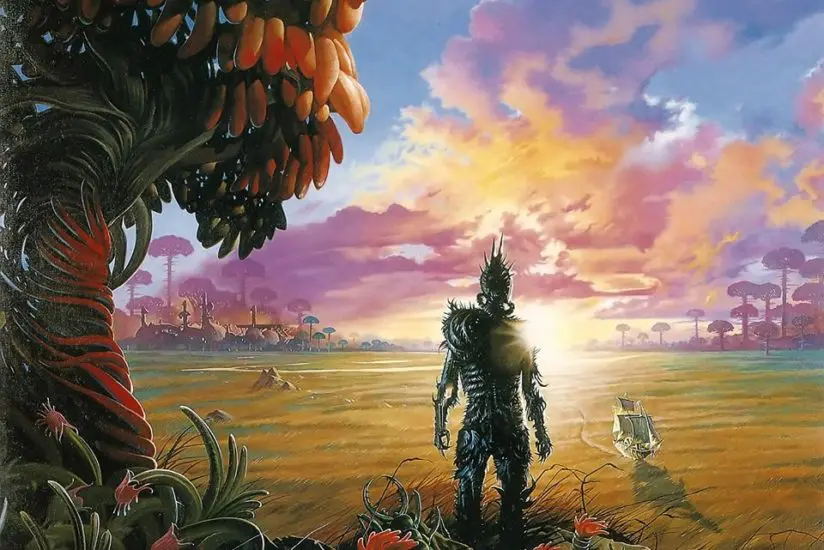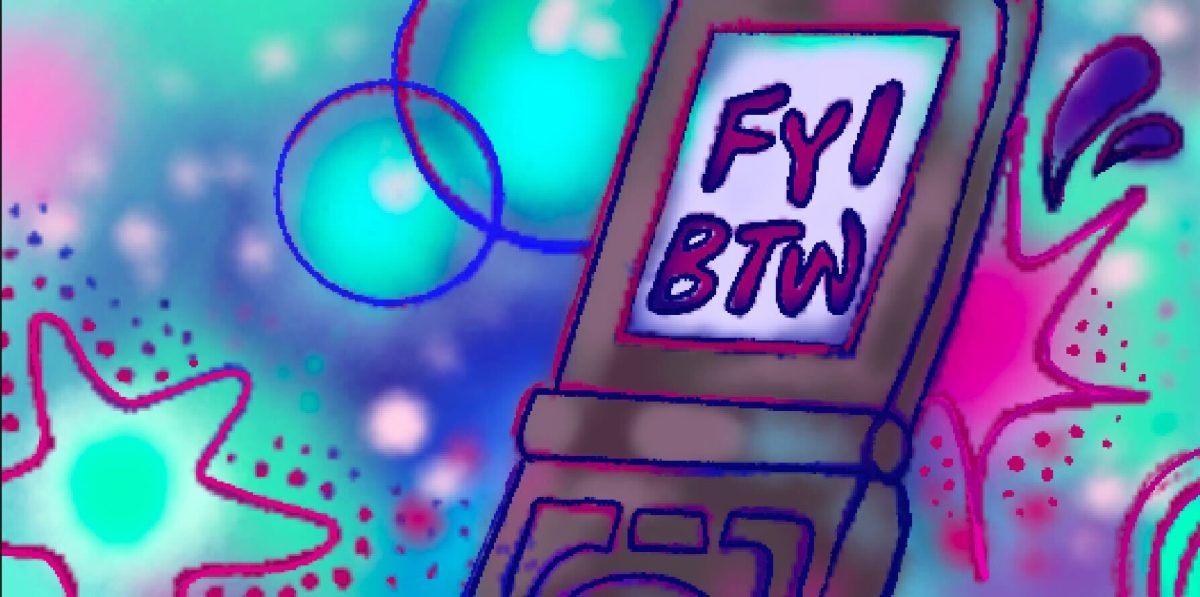Set on the brink of interstellar war in the 28th century, “Hyperion” by Dan Simmons follows seven pilgrims on a journey that will determine the fate of humanity. On the unassimilated planet Hyperion dwells the Shrike, a malevolent being made of blades who has profoundly touched each pilgrim’s life, for better or worse. The Shrike appears to exist outside of time, making it an anomaly to the existing human (the Hegemony) and AI (the Technocore) civilizations. As each pilgrim tells their story, we come to understand their motivations for confronting the Shrike and the larger context of the pilgrimage. I read this science fiction classic for the first time over the summer and was blown away by its vibrancy, even 30 years after its original publication.
What potentially makes “Hyperion” more engaging than other science fiction reads is its iconic narrative structure. In homage to “The Canterbury Tales,” “Hyperion” is composed of six powerful short stories nestled in a familiar, existential, science fiction plot that runs throughout. Simmons expertly uses this structure to unfold the world of man strewn across the stars and pose various philosophical questions. Along with ambitious worldbuilding, he writes with a hyperfocus on the individual, delving into the cultures and experiences that contextualize a person in an alternate universe from ours.
At the heart of “Hyperion” is one of science fiction’s favorite questions: Does humanity deserve to live on? Or does our legacy confine us to an era of existence, not an eternity? Simmons makes a hard case for the latter by exposing the Hegemony’s unjust colonization efforts and the egregious acts committed by some of the pilgrims. This is where his metal antagonist comes in. The Shrike brings man and masses to their lowest, exploiting their vices and weaknesses and stripping them down to living machines, likening them almost to itself.
Each pilgrim has a complex and personal relationship with the terrifying creature. Some want to destroy it while others believe it is the key to salvation, for themselves and everyone in the galaxy. The consul’s tale in particular is a nostalgic call to action that reveals the deep-rooted corruption of the Hegemony, but is it enough to justify cleansing the WorldWeb? These questions are awesome for both old and new “Hyperion” readers to turn over.
Simmons also probes at the diffusion of religion throughout an intergalactic, “science-first” civilization. He conveys that God is a bygone of humanity’s past, but that people will always find or make their idols.
In the priest’s tale, my favorite of the short stories by far, Simmons follows an exiled Catholic priest on Hyperion who comes to a horrifying realization about his faith. In interactions with the Shrike, Simmons plays with ideas of immortality and the futility of faith in the priest’s gripping diary entries. Similarly, the scholar’s tale explores how perversions of time create dissonance between one’s sense of self and a relationship with a higher power. In this tragic short story reminiscent of Abraham and Isaac, a Jewish scholar spends years debating God in his head, grappling with the unjust suffering of his loved ones.
Just as an author writes in their own past context of the world, I read with my own present worldview, and naturally, our worlds collide and sometimes clash. The problematic trope of “men writing women” is not enough to condemn “Hyperion” as unreadable, but this is my slap-on-the-wrist for Simmons as a classic writer of the 80s. In every short story, I was deeply off-put by Simmons’ one-dimensional portrayals of women, who were either sexualized, victimized, or plain tyrannical. Time and time again, it frustrates me how older sci-fi authors could write these brilliant and challenging stories during their time but often couldn’t imagine their female characters as anything more than a plot device. You can’t get more on the nose than naming your strongest (and least sexualized) female character Brawne — even if it is a literary reference.
That said, “Hyperion” is a rich body of individually admired short stories that exponentially enhance the overarching plot and worldbuilding. Each story is radically different from the next, allowing readers to enjoy a variety of genres and perspectives. I will definitely be reaching for the sequel, “Fall of Hyperion,” in the near future.
Rating: 4.5/5 stars
“Long Reads and Pleasant Rants” derives its name from “long days and pleasant nights,” a greeting from Stephen King’s fantasy magnum opus: The Dark Tower series. In this column, Senior Staff Writer Gabbi Basa reviews her current speculative fiction reads, including, but not limited to, works of science fiction, fantasy, horror, and magical realism.










Dorman T. Shindler • May 28, 2025 at 3:33 am
While the later writing of Dan Simmons — specifically most of his later books, from DARWIN’S BLADE on through to THE FIFTH HEART — is rife with bad writing, I believe you are mistaken in your belief that hid HYPERION CANTOS novels are filled with mostly two-dimensional women characters. HYPERION, by the way, is _the first half_ of what was intended to be one very long novel (the publishers broke I in half, making it less expensive to print). After HYPERION won a Hugo award, and word of mouth increased sales for that book, THE FALL OF HYPERION (the second half) did even better. Pretty soon, the publishers and author had a paperback hit on their hands. In the 1990s, Simmons revisited that fictional universe, and wrote ENDYMION and THE RISE OF ENDYMION. The latter two novels feature a woman characters— Anea — who is definitely complex. As are, I would argue, Brawne Lamia and Medina Gladstone (you’ll need to fish the novel to decide about the latter for yourself). And the structure of the story (think of HUCKLEBERRY FINN) is again, a literary reference in ENDYMION, the first half of the sequel. Altogether, the four books are known as the HYPERION CANTOS.
MalinkyZubr • Oct 28, 2024 at 12:47 pm
Wow! I think I will read this book now. Thank you. I love this new column!